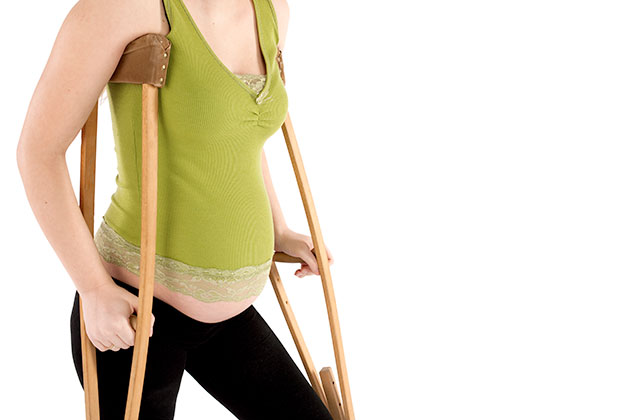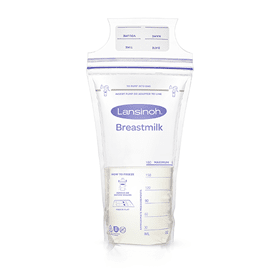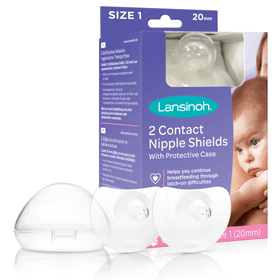Advice Articles
- Home
- Advice Articles
- Baby Skincare
- Pelvic Girdle Pain – It’s Not Just Your Hormones!
Pelvic Girdle Pain – It’s Not Just Your Hormones!

One of the myths of pain in our symphysis pubis is that it is ‘just our hormones’ and it’ll go when you’ve had your baby! For those who have had symphysis pubis dysfunction know that it is not just ‘hormonally driven’ and ‘it doesn’t always go away after birth’. ‘Stop breastfeeding and it will go away’ is another myth. Now known as Pelvic Girdle Pain (PGP) which relates to the whole of the pelvic area because the 3 pelvic joints have to work together to maintain a balanced and pain free pelvis.
PGP affects up to one in five women and affects any part of the pelvic girdle area. This is why the name has been changed from symphysis pubis dysfunction which only affects the front part of our pelvis – the symphysis pubis.
Any one or more of the joints may become stiff and cause pain, and it can have a sudden or gradual onset from any time during pregnancy. There are 2 types of symptoms: physical and emotional, both of which can be really challenging in pregnancy.
Physical symptoms occur when walking, bending, climbing stairs and turning over in bed and feel like an ache, sharp shooting pain or a deep muscle pain; a clicking or grinding feeling in your pelvic joints or hips may also occur.
Treatment for the physical side of PGP is usually through ‘hands-on’ manual therapy. This can be done by physiotherapists, osteopaths or chiropractors who are trained and experienced in managing PGP. You should ensure that whoever undertakes your manual therapy is properly trained to do so (see: http://www.pelvicpartnership.org.uk/what-to-expect-from-treatment-23)
Until you find someone to help you recover from PGP here are some practical tips:
- Borrow, hire or buy equipment that can help you move easier
- Accept help with housework, childcare, shopping etc
- Consider lifestyle changes as well as appropriate pain relief (speak to your health professional before you take any medications)
As soon as you think you have PGP you need to find help, as struggling along with PGP does impact emotionally. Remember that PGP is not your fault or that of just being pregnant; it is a common pregnancy condition. With early and correct intervention PGP can be resolved in pregnancy. If it doesn’t then you should consider labouring and giving birth in water and use upright positions, on all fours or lying on one side.
Sometimes PGP continues after your baby is born even when manual therapy has helped to resolve or reduce the severity of the condition.
Having pelvic pain and being told it is a normal part of pregnancy; looking after kids; going to work; normal day to day activities can be wearing. PGP is not normal; is treatable and is not your fault or that of being pregnant.
AddThis Sharing Buttons
Related Categories
Related Products
-

Disposable Breast Pads with Blue Lock™ Core
The award-winning Lansinoh Disposable Breast Pads now feature a Blue Lock™ core to ensure that moisture... View -

Breastmilk Storage Bags
Lansinoh’s Breastmilk Storage Bags are ideal for storing expressed breastmilk in the fridge or freezer,... View -

Contact Nipple Shields
For mothers that are experiencing latching challenges, Lansinoh® Contact Nipple Shields are effective... View
